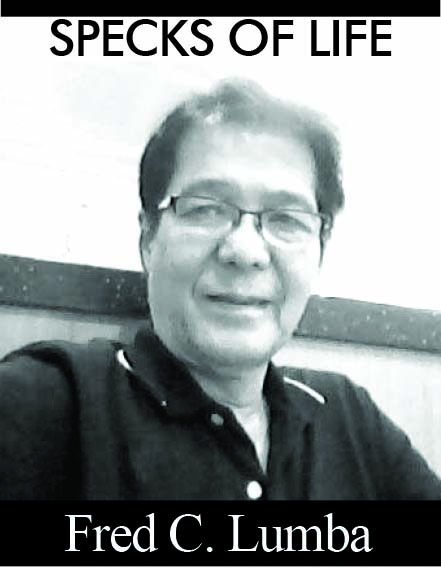
Just slightly more than three months away from the 2019 SEA Games hosting, I can’t help but hark back to the memorable years of Gintong Alay.
In 1979, a young man by the name of Michael M. Keon stepped into the premises of the storied Rizal Memorial Sports Complex. From that day on, nothing was the same again. For the young sports fans who are not in the know, let me introduce this man in a jiffy.
Michael is the junior of Michael James Keon, an Australian journalist who worked with the UN Food and Agricultural Organization and helped establish the International Rice Research Institute (IRRI) in Los Banos, Laguna.
More than that, Keon Sr. joined Mao Zedong in the monumental 10,000 km-march during the Chinese Revolution, covering the event for the Chicago Daily Tribune.
Keon, born Sept. 22, 1954, changed the degenerating Philippine sports mindset at that time with his revolutionary ideas and approaches that produced scintillating results in the immediate seasons.
Yes, Michael (or plain Mike to his close buddies), is the nephew of the late President Ferdinand Marcos whose mom, Elizabeth, was the youngest sister of the erstwhile Chief Executive. His mom was also governor of Ilocos Norte from 1971 to 1983.
Mike, from the start, already had a vision. He realized that “too many cooks are spoiling the broth,” so to speak. A venerable long-distance runner himself, Mike immediately established what was to be the forerunner of the now-beleaguered Philippine Sports Commission: Gintong Alay (Golden Offering).
The problems besetting the organization and hosting of the biennial regional conclave did not bewitch nor haunt Michael during his era.
Why? Because he was on top of the leadership board, had his hands firmly on the goings-on and was solely handling and managing the funds meant for the national sports associations (NSA).
No one could complain during those days. Very much unlike today where every NSA would just holler and grumble.
Mike immediately went to task. He consulted knowledgeable sports leaders like ex-POC and athletics pres. Jose Sering, cycling’s Francisco Almeda, Nereo Andolong and feverishly worked to host the 1981 SEA Games where seven countries took part. Wanting to unite the government sports agency (Gintong Alay) with the NSAs (NGOs subsidized by government funds), Keon was elected President of the POC, succeeding Julian Malonso.
Because only one person was sitting as Gintong Alay chief and POC president at the same time, the organization, hosting and staging of the 1981 SEAG went smoothly and successfully. Not too many cooks were there to spoil the broth.
In the short time (two years) that Mike steered Gintong Alay, he was able to produce champions and gold medalists that served notice that Philippine sports renaissance was beginning to take form.
Lydia de Vega, Isidro del Prado, bowling World Cup queen Bong Coo, merman Billy Wilson and a host of other stars in basketball, cycling, tennis, gymnastics, shooting, judo baseball and softball arose to become the talk of the local sports world.
De Vega and Del Prado were cited as best female and male performers for their record-breaking performances in the 200 and 400 meters
Keon, the newly-elected mayor of Laoag City, was not a swivel chair executive who merely barked orders. He personally watched the training of Gintong Alay athletes. He also introduced the hiring of prominent foreign coaches.
In the 1981 edition, the Philippines harvested 187 medals (55 G, 55 S and 77 B).
During Keon’s time at GA, the sports media where I belong then, were always on their toes. We always knew what Keon was doing and what was going on. (Incidentally, yours truly was the official radio broadcaster of the 1981 and the 1991 SEAG basketball games.) Cheers! (Email your feedback to fredlumba@yahoo.com.) GOD BLESS THE PHILIPPINES!






